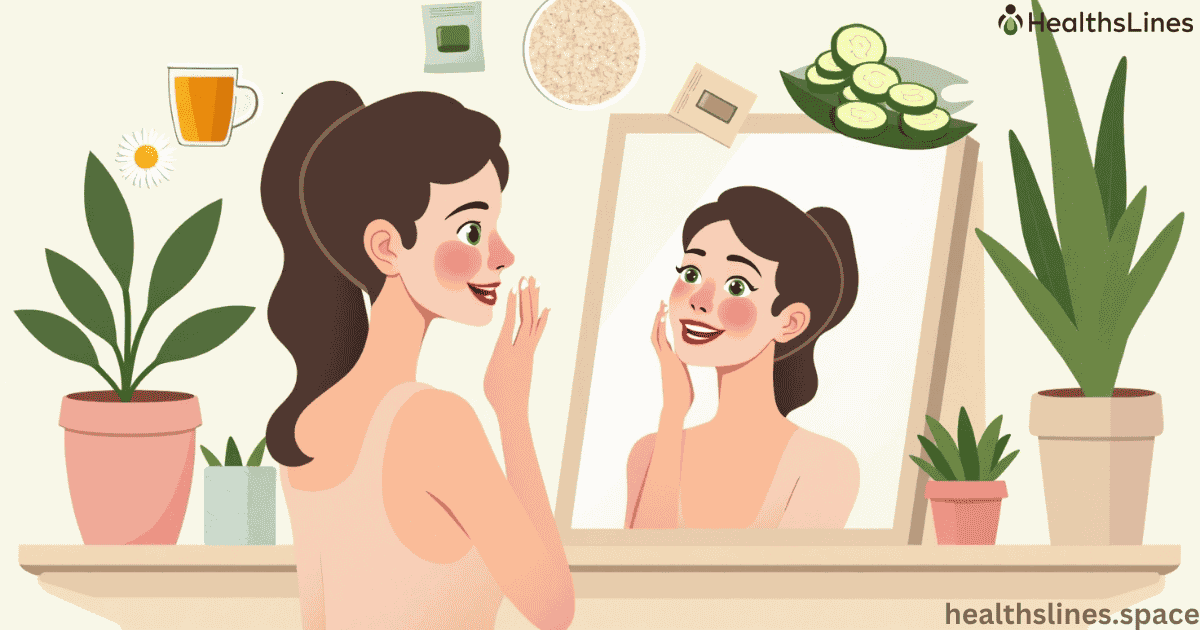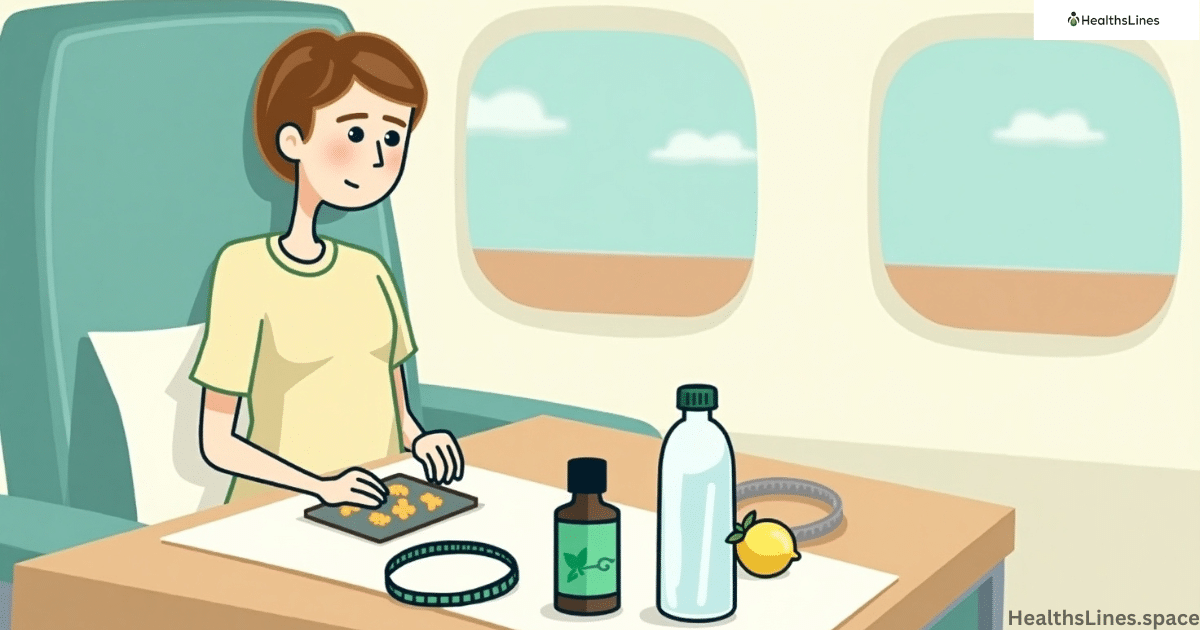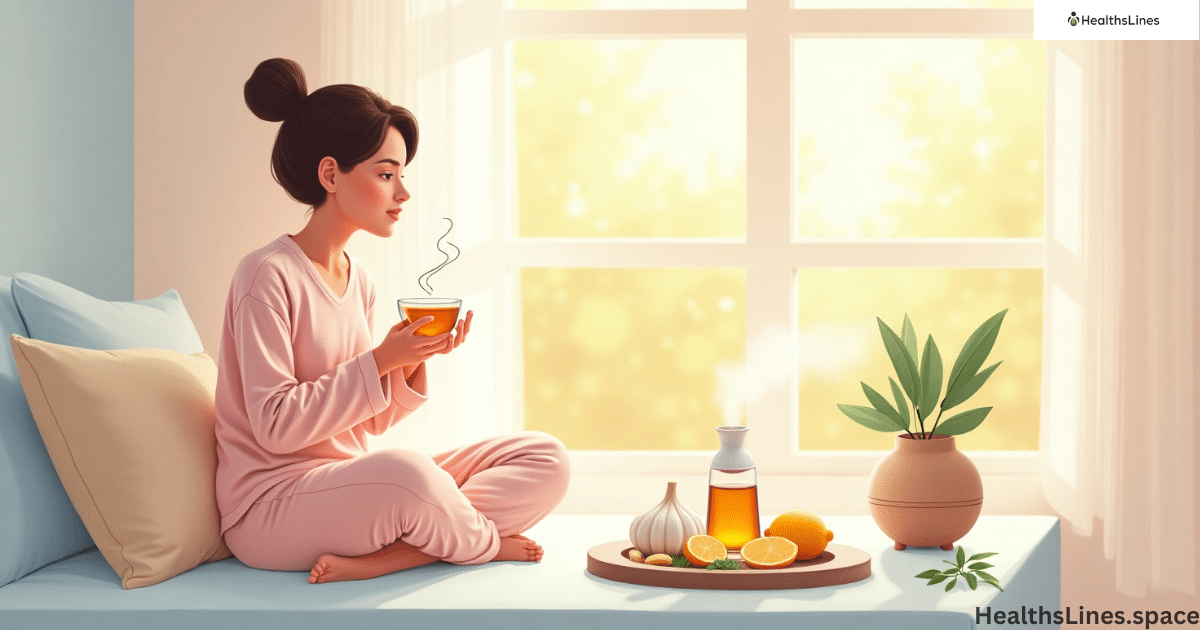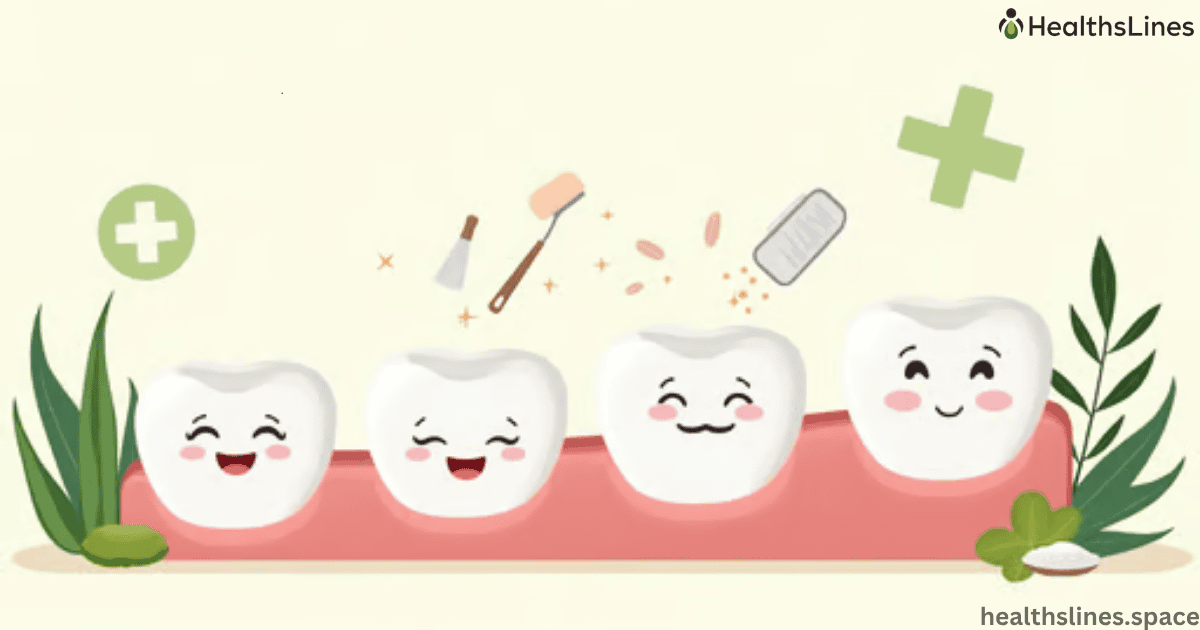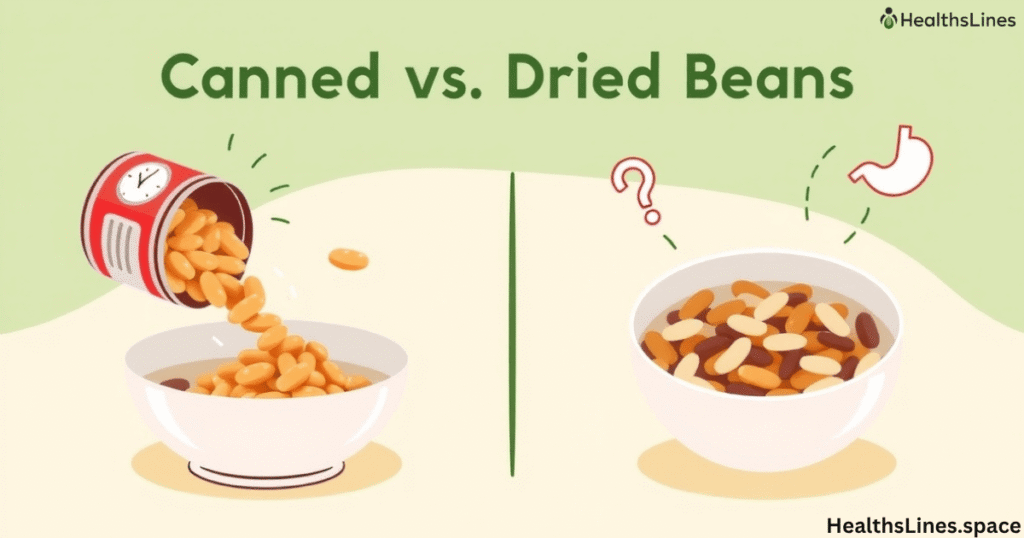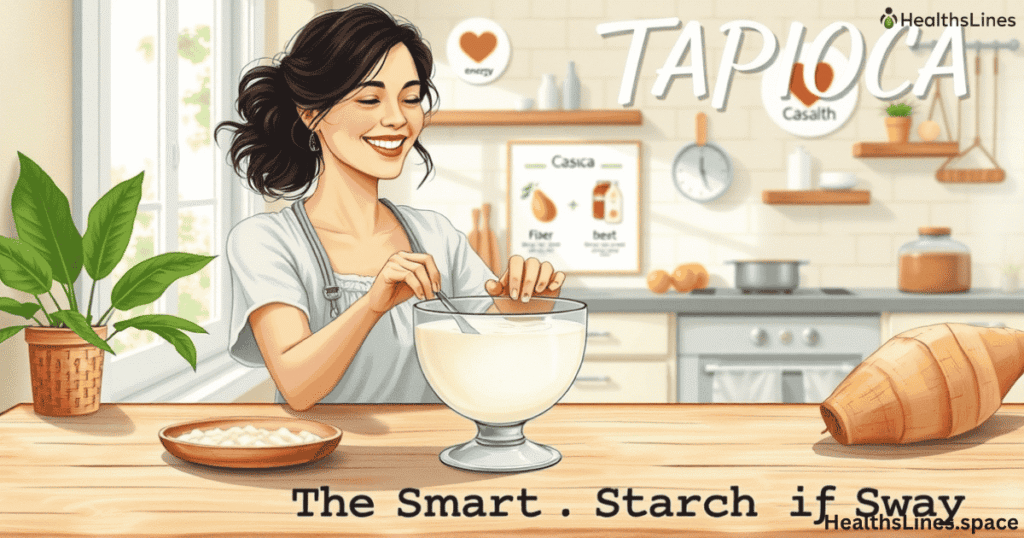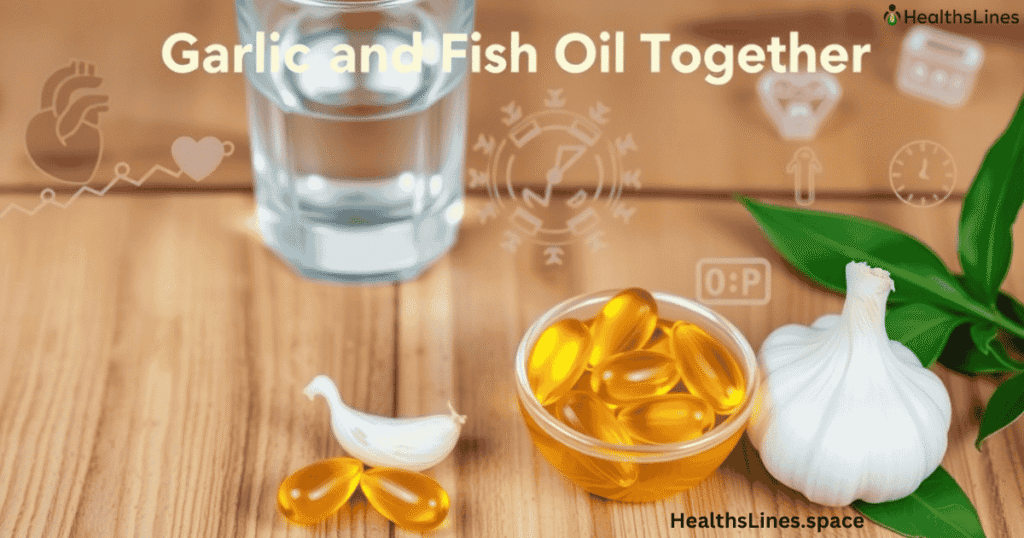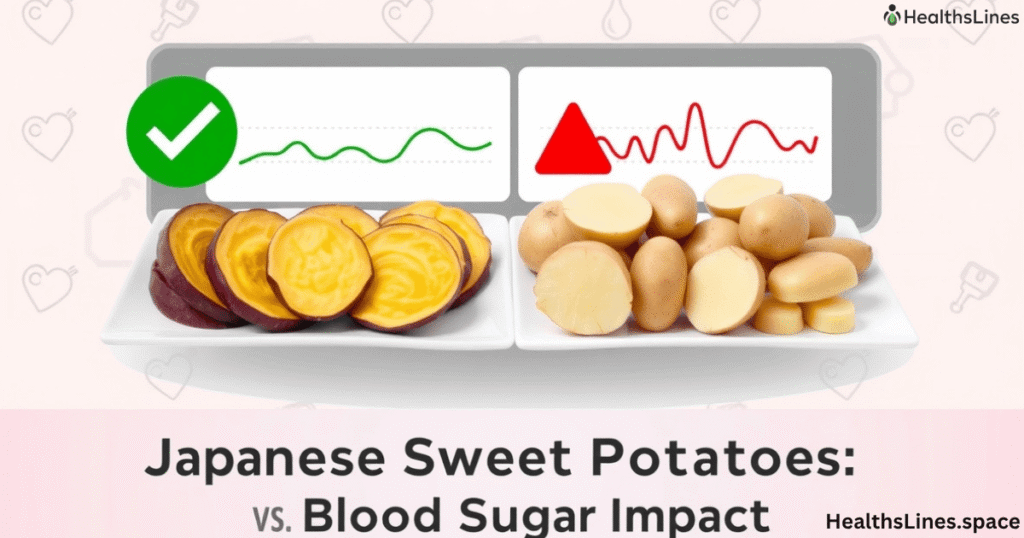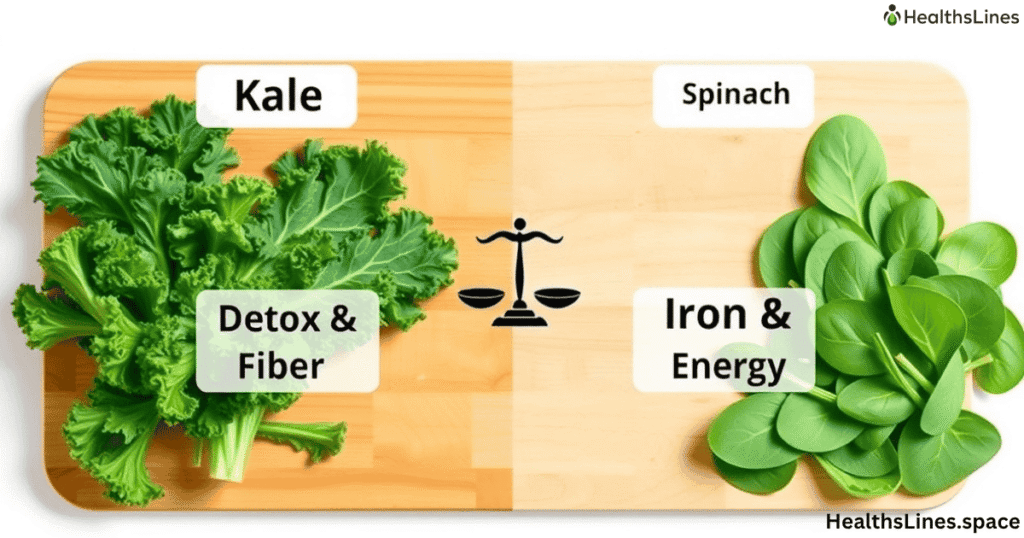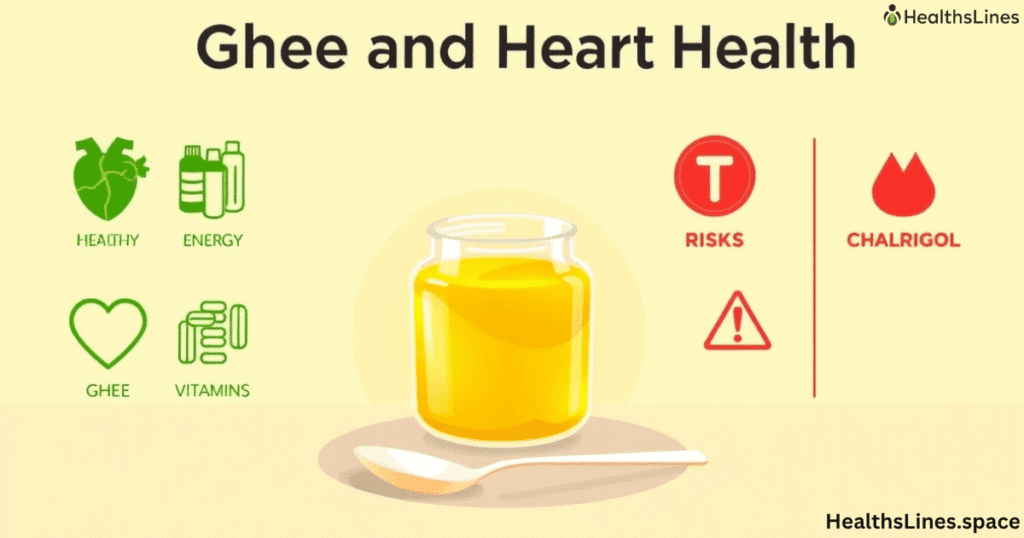What Is Rosacea and Why It Happens
Rosacea is a long-term skin condition that affects the face Rosacea Home Remedies. It often causes flushed skin, redness, rosacea bumps, and visible blood vessels. Many people also experience swollen face, irritation, or even eye issues like in ocular rosacea. The condition can come and go, getting worse with certain rosacea triggers like sun exposure, spicy food, alcohol, and stress. Though anyone can get rosacea, it’s more common in fair-skinned adults over 30.
There are four main rosacea subtypes. These include erythematotelangiectatic rosacea (redness and blood vessels), papulopustular rosacea (red bumps and pimples), phymatous rosacea (thickened skin), and ocular rosacea (affecting the eyes). Each type may need different care, but all can benefit from the right rosacea home treatment and avoiding common triggers.
Can You Treat Rosacea Naturally at Home?
Yes, you can treat rosacea naturally at home, but it depends on how severe your symptoms are and how your skin reacts. For many people, using the right natural rosacea treatments can calm the skin, reduce facial redness, and even stop rosacea flare-ups. However, treating rosacea at home works best when you understand your rosacea triggers. Things like sun exposure, spicy food, alcohol, and stress can make it worse. So you must avoid those triggers as much as you can while using home remedies.
Some of the most helpful natural treatments include aloe vera for rosacea, green tea compress, colloidal oatmeal mask, and niacinamide for redness. These ingredients help with skin barrier repair and offer anti-inflammatory skincare benefits. Many people also try gentle DIY options, like a chamomile tea compress, or a turmeric paste for its calming effect on rosacea bumps and flushed skin. But always do a patch test first. If your skin is very sensitive, even natural remedies can cause irritation.
If your swollen face or visible blood vessels don’t improve, it’s best to see a dermatologist for rosacea. Natural care helps a lot, but some people may still need medical rosacea treatment or prescription creams to get real relief.
Natural Remedies That Actually Work for Rosacea Relief
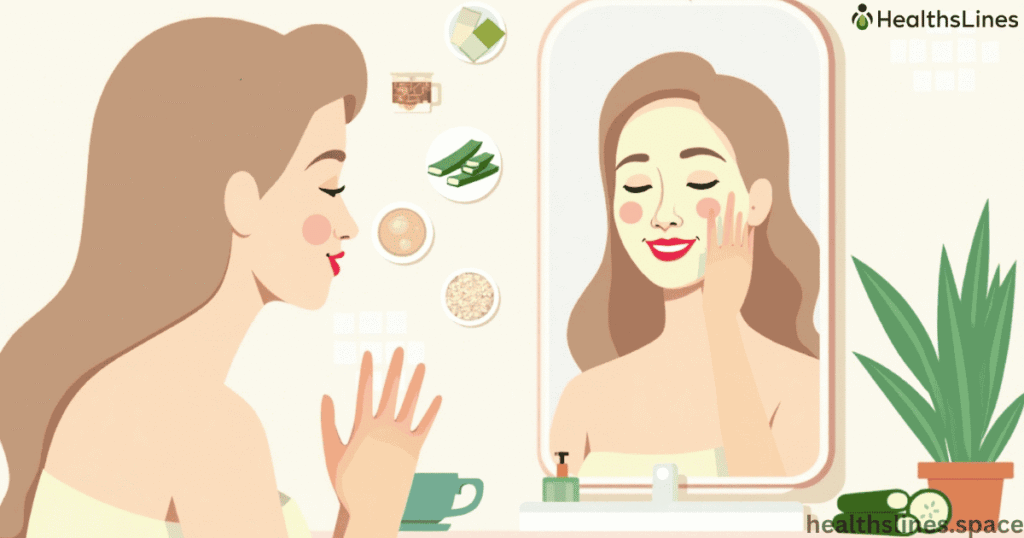
Aloe Vera Gel Soothes and Cools the Skin
Aloe vera for rosacea is a well-known remedy because it’s gentle and calming. Its natural gel contains enzymes and vitamins that help cool flushed skin and reduce skin irritation. You can apply pure aloe gel directly from the leaf or use a product with no alcohol or fragrance. Always do a patch test skincare product first to check for any reaction.
Fresh aloe can be stored in the fridge for a cooling effect. Apply it twice a day on clean skin. It can help with hydrating skincare for rosacea while keeping the skin barrier protected.
Green Tea Compress Can Reduce Redness
Green tea compress for skin is another great remedy. Polyphenols in green tea, especially epigallocatechin gallate (EGCG), have strong antioxidants for rosacea. Studies show green tea helps reduce facial redness and protects against sun exposure and rosacea.
To use it, steep green tea and let it cool. Soak a soft cloth in it and place it on your face for 10 minutes. This cold compress for rosacea can calm the skin quickly.
Colloidal Oatmeal Mask Helps Rebuild the Skin Barrier
Oatmeal isn’t just for breakfast. A colloidal oatmeal mask is excellent for sensitive skin. It relieves itching, soothes rosacea bumps, and restores the skin’s moisture. Colloidal oatmeal contains compounds called avenanthramides that reduce inflammation.
Make your own mask by blending oats into powder and mixing with water or yogurt. Apply it to clean skin and leave for 15 minutes before rinsing. Use this two to three times a week for deep rosacea relief.
Niacinamide for Redness and Skin Strength
Niacinamide for redness is a form of Vitamin B3 that’s great for rosacea skin care. It improves skin texture, strengthens the skin barrier, and lowers inflammation. It’s gentle and works well in creams or serums.
Look for products labeled as best niacinamide cream, with 2–5% concentration. Using this daily can make skin feel calmer and less reactive. Many dermatologists recommend it as a key step in a rosacea-friendly skincare routine.
Manuka Honey for Moisture and Healing
Raw honey, especially Manuka honey rosacea products, has antibacterial and moisturizing benefits. Honey draws moisture into the skin and helps heal small breakouts or rosacea bumps.
Apply a thin layer of raw honey on clean skin and leave it for 20 minutes before rinsing with warm water. Do this once or twice a week. It can improve hydrating skincare for rosacea and make the skin smoother.
Turmeric Paste Fights Inflammation
Turmeric skin inflammation relief is backed by science. Its active compound, curcumin, reduces swelling and supports healing. You can make turmeric paste by mixing turmeric with yogurt or honey.
Apply the paste to the face and leave for 10 minutes. Rinse gently. Start with once a week to avoid irritation. Turmeric can also be taken as a supplement for inside-out healing.
Chamomile Tea Compress Calms Irritation
Chamomile tea compress is a time-tested solution Rosacea Home Remedies. It contains apigenin, which helps soothe facial redness and reduce discomfort. Brew chamomile tea, cool it down, and use a soft cloth to apply it to your skin.
Repeat this daily or during flare-ups. Its cooling effect is perfect for sensitive and inflamed skin.
Licorice Root Extract for Reducing Redness
Licorice root extract has a compound called glabridin, which reduces inflammation and lightens redness. It’s found in many calming skincare products.
Look for fragrance-free, non-comedogenic products with licorice extract. Use it consistently to reduce visible signs of erythematotelangiectatic rosacea.
Cucumber Juice Cools and Hydrates
Cucumber slices on face can cool the skin and reduce swelling. Its juice also contains vitamins that support skin hydration and calm redness.
Blend cucumber and apply the juice using a cotton pad. Let it sit for 15 minutes and rinse. It’s safe for daily use and helps during hot weather or after alcohol rosacea flare-up.
Diluted Apple Cider Vinegar for Balancing Skin pH
Apple cider vinegar for skin may help balance pH levels, but it must be diluted. Full-strength vinegar can make sensitive skin worse.
Mix one part vinegar with four parts water. Use a cotton ball to dab gently on the skin. Try it once a week and avoid broken skin. Always do a patch test skincare product to be safe.
Diet and Lifestyle Changes to Calm Rosacea Fast
Changing your habits is just as important as using home remedies for rosacea. Following an anti-inflammatory diet for rosacea can lower flare-ups. Eat foods rich in omega-3 for skin, like salmon, flaxseeds, and walnuts. Add leafy greens, berries, and turmeric to your meals.
Avoid known rosacea food triggers like spicy dishes, hot drinks, and alcohol. Drink plenty of water for hydration, and try yoga for skin health to lower stress and rosacea risk Rosacea Home Remedies. Sleep well, as sleep and skin healing go hand in hand.
Table: Best Natural Rosacea Treatments at a Glance
| Remedy | Key Benefit | Usage Method | Precautions |
| Aloe Vera | Cooling and anti-inflammatory | Apply gel twice daily | Avoid added fragrance |
| Green Tea | Reduces redness | Use cold compress | Use organic brew |
| Niacinamide | Strengthens skin barrier | Apply cream/serum | Use 2–5% concentration |
| Manuka Honey | Moisturizing and healing | Apply thin layer and rinse | Avoid if allergic to bee products |
| Turmeric | Anti-inflammatory | Apply paste or take supplement | Start once a week |
| Chamomile Tea | Calming and cooling | Use tea compress | Ensure no plant allergies |
| Licorice Root | Reduces redness | Use in skincare products | Check product label |
| Cucumber Juice | Hydration and soothing | Apply juice daily | Use fresh cucumber |
| Apple Cider Vinegar | Balances skin pH | Apply diluted weekly | Never use undiluted |
Avoid These Remedies That Can Worsen Rosacea
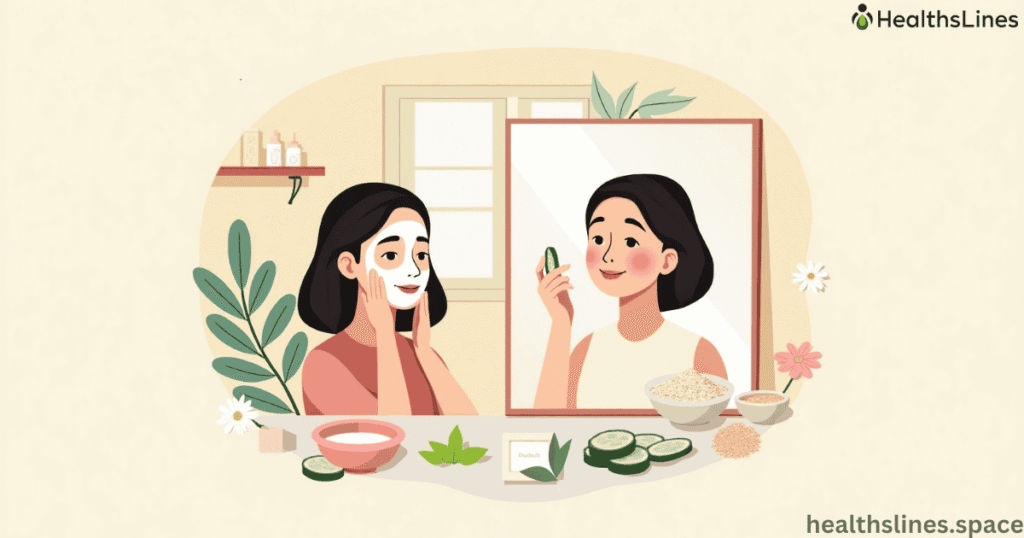
While some natural remedies help, others can actually make rosacea symptoms worse. People with sensitive skin need to be extra careful when trying rosacea home treatments. A common mistake is using harsh or popular ingredients without checking if they’re safe for rosacea skin care. For example, lemon juice, often used in DIY masks, is far too acidic and can burn the skin. The same goes for essential oils—they smell nice but may cause flare-ups, especially on flushed skin or areas with visible blood vessels.
Another thing to avoid is coconut oil for rosacea. While it works for dry skin in general, it’s comedogenic, which means it can clog pores and lead to rosacea bumps. Harsh exfoliants like scrubs or brushes can break the skin barrier and trigger more redness or swelling. Also, don’t use products with strong perfumes or alcohol. Always choose fragrance-free skincare and non-comedogenic products instead.
Just because something is natural doesn’t mean it’s safe. Always patch test skincare products before applying them to your face. If you’re unsure, it’s best to talk to a dermatologist for rosacea before trying new remedies. That way, you can treat rosacea naturally without risking worse flare-ups.
When Should You See a Dermatologist?
Sometimes, rosacea home treatment isn’t enough. If you’re seeing no improvement, or if symptoms worsen, it’s time to see a dermatologist for rosacea. Severe types like phymatous rosacea or ocular rosacea may need medical care.
Doctors may suggest medical rosacea treatment like prescription for rosacea, laser therapy for facial redness, or a combination rosacea therapy plan. These can work well when natural remedies aren’t enough.
Final Thoughts
Using home remedies for rosacea can make a big difference in how your skin feels and looks. Simple, science-backed options like green tea, niacinamide, and Manuka honey help reduce redness and protect your skin. Adding a healthy diet and stress control helps calm the condition from the inside out.
Stick to gentle, natural products, avoid common rosacea triggers, and always treat your skin with care. With patience, daily routine, and the right choices, you can find real rosacea relief and feel more confident in your skin.
